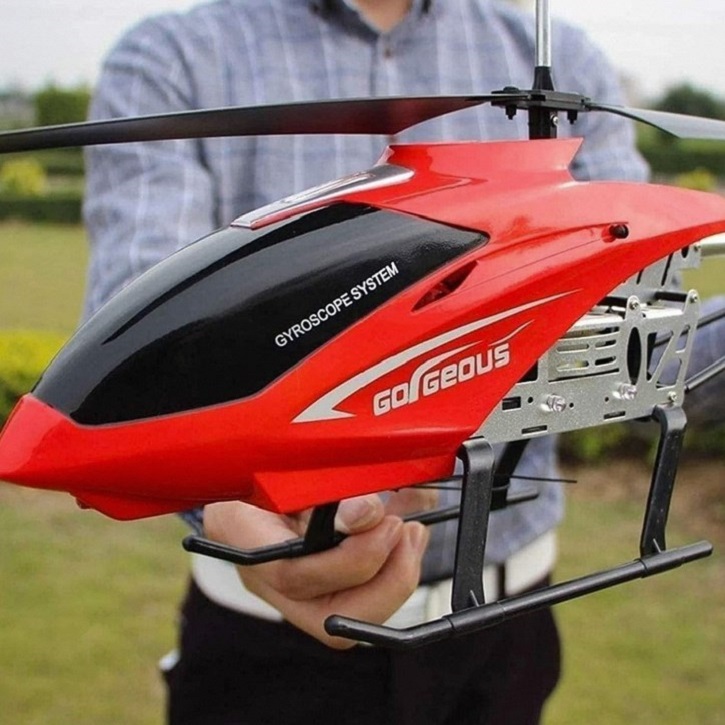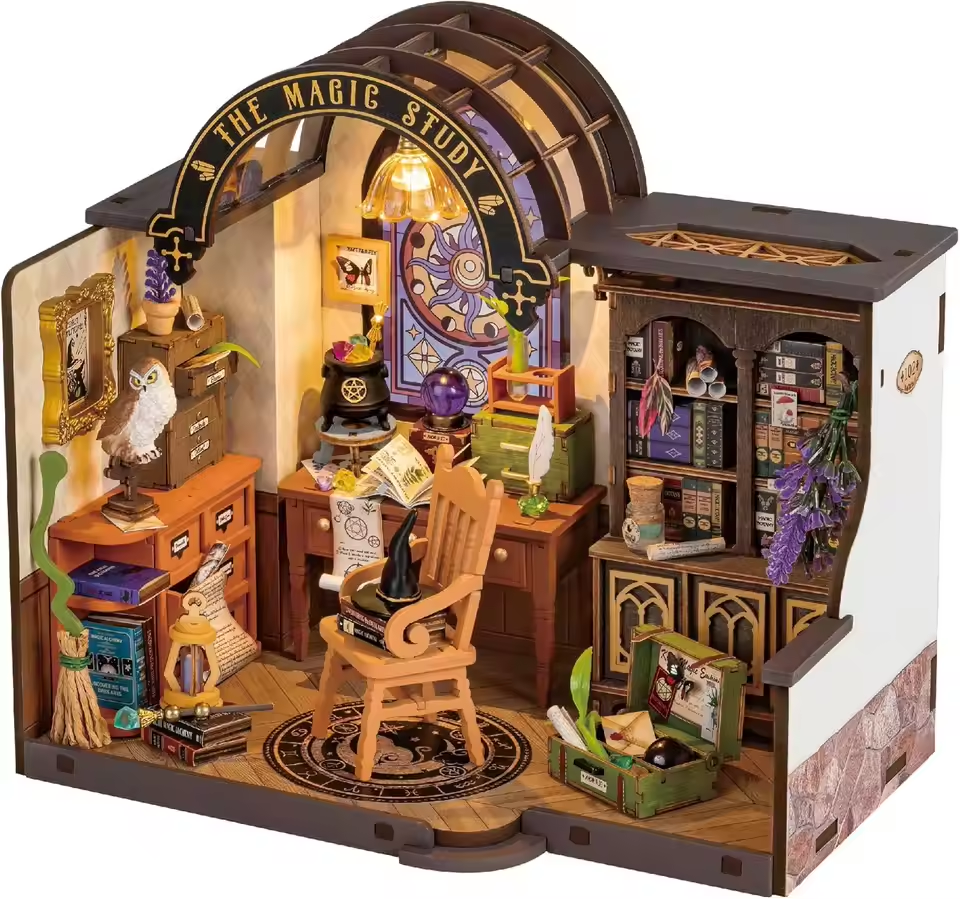Part 1: Getting Started
Flying an RC helicopter can be an exhilarating experience, and performing stunts can take your hobby to the next level. However, before attempting any stunts, it is crucial to have a thorough understanding of your helicopter and its controls.
1. Understand Your Helicopter:
Before embarking on the exciting world of RC helicopter stunts, it’s essential to have a thorough understanding of your aircraft. Familiarize yourself with its capabilities and limitations, as well as its unique characteristics. Different models may have varying degrees of agility, responsiveness, and stability.
Regularly inspect your helicopter for any signs of wear or damage. Check the battery’s charge level, ensure the rotor blades are balanced and intact, and verify that the overall structure is secure. A well-maintained helicopter is less likely to experience unexpected issues during flight, allowing you to focus on mastering your skills.
2. Practice Basic Maneuvers:
A strong foundation in basic maneuvers is crucial for performing stunts effectively. Start by mastering the fundamentals of hovering, controlling the helicopter’s altitude and orientation. Once you’ve mastered hovering, practice flying in different directions, such as forward, backward, left, and right.
Pay attention to the helicopter’s response to your control inputs. Experiment with different rates of turn and ascent/descent to develop a feel for its handling characteristics. The more comfortable you are with basic maneuvers, the easier it will be to transition to more complex stunts.

Part 2: Mastering the Controls
Performing stunts with an RC helicopter requires precise control and coordination. Mastering the controls is essential for executing stunts safely and effectively.
1. Throttle Control:
Throttle control is a fundamental aspect of RC helicopter piloting, and it plays a vital role in performing stunts. The throttle controls the helicopter’s power output, affecting its speed, altitude, and rate of ascent/descent. Practice adjusting the throttle smoothly and precisely to achieve controlled movements. Experiment with different throttle settings to understand how they impact the helicopter’s flight characteristics. For example, a higher throttle setting will result in faster acceleration and a steeper climb, while a lower setting will lead to slower speeds and a gentler descent.
2. Pitch and Roll Control:
Pitch and roll control are essential for executing many stunts, such as loops, rolls, and flips. Practice making subtle adjustments to the pitch and roll controls to achieve the desired stunt maneuvers. Familiarize yourself with the helicopter’s response to these control inputs. A quick pitch input can initiate a loop, while a roll input can execute a roll.
Part 3: Choosing the Right Location
Performing stunts with an RC helicopter requires a suitable location to ensure safety and maximize the potential for successful maneuvers.

1. Open Outdoor Space:
Selecting the right location is crucial for a successful and safe RC helicopter flying experience. Choose an open outdoor space with minimal obstacles and interference. Avoid flying near trees, buildings, or other obstructions that could hinder your helicopter’s flight or pose a risk to bystanders.
A large field or park is ideal for practicing stunts, as it provides ample space to maneuver without worrying about collisions. Ensure the area is free of any power lines, antennas, or other objects that could interfere with radio signals.
2. Wind Conditions:
Wind conditions can significantly impact your ability to control an RC helicopter, especially when performing stunts. Strong winds can make the helicopter difficult to maneuver and increase the risk of crashes. Therefore, it’s essential to pay attention to the weather forecast before heading out.
Select a day with calm or light wind conditions for optimal flying. A slight breeze can provide lift and help stabilize the helicopter, but strong winds can make it challenging to maintain control. If the wind picks up during your flight, it’s best to land your helicopter and wait for conditions to improve.
Part 4: Basic Stunt Maneuvers
Once you have mastered the controls and chosen a suitable location, you can begin practicing basic stunt maneuvers with your RC helicopter.

1. Loops:
Loops are a classic and exciting stunt that involves flying the helicopter in a circular path. To perform a loop, start by gaining altitude. Once you’ve reached a suitable height, reduce the throttle slightly to initiate a gentle descent. As the helicopter begins to descend, apply full throttle and pull back on the pitch control to initiate the loop. The helicopter will start to climb, forming a circular path. Maintain a steady throttle and adjust the pitch control as needed to ensure a smooth and controlled loop.
Practice timing and coordination to achieve a perfect loop. If the loop is too steep, the helicopter may lose altitude and stall. If it’s too shallow, it may not complete the circle. Experiment with different throttle and pitch inputs to find the ideal combination for your helicopter.
2. Rolls:
Rolls are another popular stunt that involve rotating the helicopter around its longitudinal axis. To perform a roll, start by gaining altitude. Once you’ve reached a suitable height, apply aileron control to initiate the roll. As the helicopter starts to roll, maintain throttle and apply elevator control to keep it level.
Practice timing and coordination to achieve precise and controlled rolls. Avoid over-correcting the controls, as this can lead to instability. If the roll is too fast, the helicopter may lose altitude or become difficult to control. If it’s too slow, it may not complete the rotation. Experiment with different aileron and elevator inputs to find the ideal combination for your helicopter.
Part 5: Intermediate Stunt Maneuvers
After mastering the basic stunt maneuvers, you can progress to more intermediate maneuvers that require greater precision and control.

1. Inverted Flight:
Inverted flight is a challenging and advanced stunt that requires precise control and coordination. To perform an inverted flight, start by gaining altitude. Once you’ve reached a suitable height, gradually roll the helicopter inverted. Once inverted, maintain control of the pitch and roll to keep the helicopter stable. Remember that the controls will feel reversed in inverted flight. It may take some practice to get used to the inverted orientation. Practice maintaining the helicopter’s orientation and adjusting the controls to perform precise inverted maneuvers. Start with gentle turns and ascents/descents before attempting more complex maneuvers.
2. Knife Edge:
The knife edge maneuver is another advanced stunt that requires exceptional control and skill. To perform a knife edge, start by gaining altitude. Once you’ve reached a suitable height, apply aileron control to tilt the helicopter sideways. Maintain a steady throttle and adjust the pitch and roll controls to keep the helicopter flying on its side. The knife edge maneuver is very sensitive to control inputs, so practice making small, precise adjustments. Remember to start with gradual tilts and maintain a stable flight path before attempting more aggressive knife edge maneuvers. Practice regularly and gradually increase the difficulty of your stunts as your skills improve.
Part 6: Advanced Stunt Maneuvers
As you become more proficient in performing stunts with your RC helicopter, you can challenge yourself with advanced maneuvering that requires exceptional skill and coordination.

1. Tic Tocs:
Tic tocs are a dynamic and visually impressive stunt that involves rapidly transitioning between positive and negative pitch, creating a bouncing motion. This advanced maneuver requires precise control of the throttle and pitch to achieve the desired effect. To perform a tic toc, start by gaining altitude. Once you’ve reached a suitable height, quickly move the pitch control up and down in a rhythmic fashion. This will cause the helicopter to bounce up and down. Experiment with different rates of movement and throttle adjustments to find the optimal combination for your helicopter.
Timing and coordination are crucial for executing smooth and controlled tic tocs. If the pitch movements are too slow or too fast, the helicopter may lose stability. Practice regularly to develop the necessary skills and coordination.
2. Pirouette:
The pirouette is a graceful and challenging stunt that involves rotating the helicopter on its axis while maintaining altitude and control. This maneuver requires precise coordination of the rudder and collective pitch. To perform a pirouette, start by gaining altitude. Once you’ve reached a suitable height, apply rudder control to initiate the rotation. At the same time, adjust the collective pitch to maintain altitude and control the rate of rotation.
Precise control inputs are essential for executing smooth and consistent pirouettes. If the rudder input is too strong, the helicopter may rotate too quickly and become difficult to control. If the collective pitch is not adjusted correctly, the helicopter may lose altitude or gain altitude during the rotation.
In conclusion, performing stunts with an RC helicopter can be a challenging and rewarding experience. By mastering the controls, choosing the right location, and practicing a range of stunt maneuvers, you can take your flying skills to new heights. Remember to always prioritize safety and practice in a responsible manner to ensure a positive and enjoyable experience with your RC helicopter.



